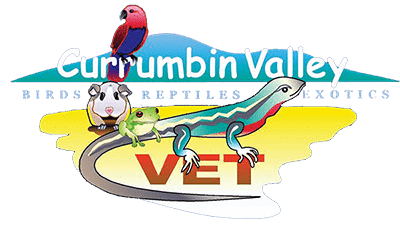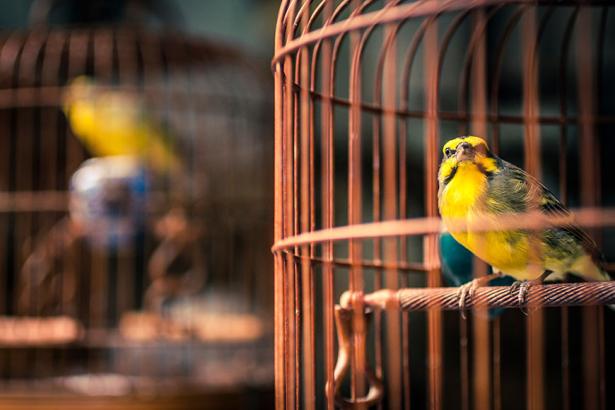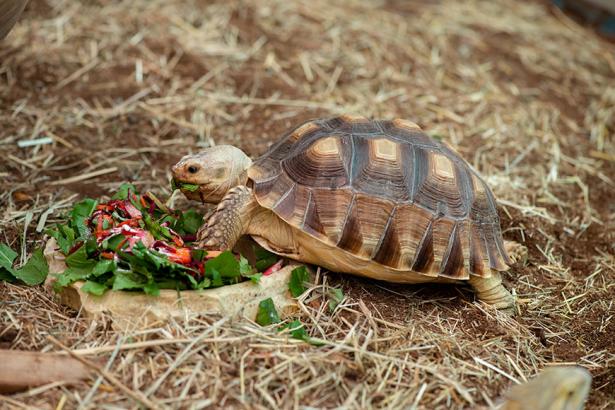Chickens give us more than fresh eggs – they also provide daily clues about their wellbeing. The quality, colour, size, and consistency of the eggs a hen produces can reflect her diet, environment, and overall health. By paying attention to these details, you can support your flock with balanced nutrition, good husbandry, and holistic vet care.
This article delves into the connection between a chicken’s health and the eggs she produces, offering guidance on diet, environment, and prevention strategies. For general advice on flock management, you may also like our guide to keeping chickens as pets.
Understanding Eggshell Quality
Eggshells should feel smooth, evenly shaped, and strong. When shells are thin, brittle, or misshapen, it usually indicates dietary imbalance or stress. A lack of calcium or vitamin D is the most common reason, but other factors like age, disease, or even excessive phosphorus in feed can also play a role.
Providing a well-rounded diet with calcium sources such as shell grit, along with access to natural sunlight for vitamin D, is essential. Allowing hens to forage outdoors not only gives them exercise but also exposure to sunlight and natural grit from the soil, both of which support stronger shell formation. For flocks without enough sun exposure, a quality supplement may be needed – something holistic vets often recommend as part of a tailored care plan.
Yolk Colour as a Nutritional Marker
A bright golden yolk is seen as desirable, but it’s also a reliable clue about diet rather than overall nutrition. Yolk colour comes from pigments called carotenoids, found in green plants, corn, and certain herbs. Pale yolks usually mean the hen isn’t getting enough fresh greens or varied foods.
Allowing hens access to the garden to pick at grass, weeds, and insects is one of the simplest ways to boost yolk colour naturally. Foraging provides carotenoids and proteins that enrich yolks while also supporting overall hen wellbeing. A balanced diet that includes natural forage, vegetables, and grains will naturally deepen yolk colour and improve overall bird health.
It’s worth noting that a darker yolk doesn’t automatically mean the egg is richer in protein or calcium – it reflects carotenoid intake more than anything else. For a broader overview of avian diet principles, see our guide to the importance of a balanced diet for pet birds.
Frequency and Consistency of Laying
Healthy hens typically lay at regular intervals, depending on their breed and age. A sudden drop in egg production may indicate stress, illness, or poor diet. In older hens, reduced frequency is expected, but irregularity in younger or prime-age layers deserves attention.
It’s a common belief that healthy hens will lay an egg every day, but in reality most breeds average 4-6 eggs per week at peak laying. Age, breed genetics, and seasonal changes all influence production, and stress can reduce it further. Predators, loud noises, or flock bullying often disrupt laying, so providing a quiet, stress-free nesting area and using enrichment or flock management strategies helps hens maintain steadier patterns and overall wellbeing.
Size and Shape Clues
Egg size offers another important insight. Very small eggs may signal a young hen (known as a pullet) still maturing, while irregularly large or misshapen eggs can point to reproductive system issues or dietary imbalances. Double-yolk eggs are usually a normal occurrence in pullets just beginning to lay, as their cycles adjust, or in older hens nearing the end of their laying years. They are safe to eat and typically nothing to worry about.
Monitoring these variations helps owners detect subtle changes that might otherwise be overlooked, allowing timely adjustments in nutrition or care.
Nutrition for Egg and Hen Health
Balanced nutrition is at the core of healthy egg production. Layer pellets form a solid base, but variety is equally important. Fresh greens, safe kitchen scraps, and controlled free-ranging all contribute to stronger shells and vibrant yolks.
Adding natural supplements such as herbs (oregano, parsley, or garlic in moderation) may support immunity and digestion. These align with an integrative approach to holistic veterinary care, where prevention through diet and environment is prioritised. If you’d like to go deeper on diet fundamentals across species, our primer on exotic pet nutrition is a helpful companion read.
Environmental Influences
Egg health is influenced by more than diet. Stress, overcrowding, poor ventilation, and lack of clean nesting areas all compromise a hen’s ability to produce quality eggs. Parasites such as mites or worms can also reduce shell strength and yolk quality.
Simple husbandry practices make a big difference. Providing dust baths lets hens clean their feathers and reduce mite loads naturally, while rotating garden or yard areas prevents the build-up of parasites in the soil. These steps, combined with a clean coop, support healthier birds and better egg quality. If you suspect ectoparasites or internal worms, refer to our guide on worming and treating for lice and mites.
When to Seek Veterinary Care
While many egg changes relate to diet or environment, persistent problems should be assessed by a veterinarian. Issues such as consistently soft shells or prolonged laying gaps may point to underlying illness or reproductive conditions.
Occasional blood spots in eggs are normal and usually harmless, caused by tiny vessel breaks during egg formation. They’re safe to eat and not a sign of fertilisation. However, if blood spots appear very frequently, this can indicate nutritional deficiencies or ongoing stress, and it’s worth reviewing diet and booking a check-up with an avian vet.
Remember that birds often hide illness. If you notice subtle changes in behaviour, appetite, or feather condition, read about the masking reflex in birds and book an avian check-up. Early assessment helps protect both hen health and egg quality.
Bringing It All Together
Eggs are more than a food source – they’re a daily health report from your hens. By observing shell quality, yolk colour, size, and laying frequency, you can gain valuable insights into your flock’s wellbeing. With the support of experienced vets, you can create a care routine that blends balanced nutrition, environmental support, and natural preventive care.
Healthy eggs start with healthy hens – and that’s something every backyard chicken owner can nurture.
FAQs
Soft shells often signal calcium or vitamin D deficiency. It can also be linked to stress or parasites. Offering shell grit, clean housing, and a balanced diet usually resolves the issue.
Not usually. Double-yolk eggs are common in young hens just starting their laying cycle and in older hens approaching the end of theirs. They’re safe to eat. If they appear very often in prime-age hens, it may be a sign of stress or irregular ovulation worth discussing with a vet.
Yes. Occasional blood spots are a natural result of tiny vessel breaks during egg formation and are perfectly safe to eat. They don’t mean the egg is fertilised or spoiled. If they appear often, it may point to dietary deficiencies or flock stress, and an avian vet check is recommended.
If egg issues are persistent – such as ongoing soft shells, irregular laying, or eggs with blood spots – it’s best to consult an avian vet. These may be early signs of illness or reproductive problems.





